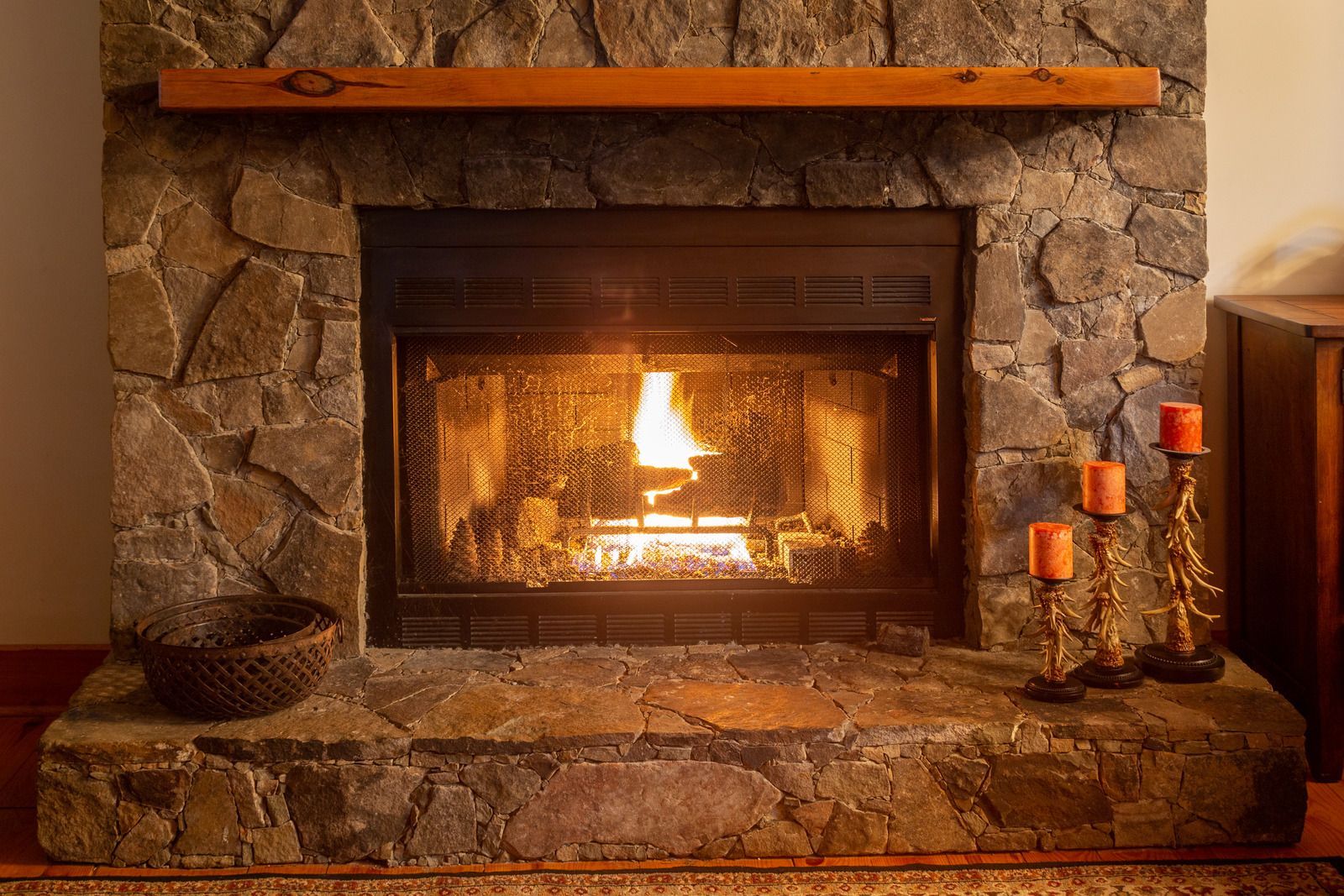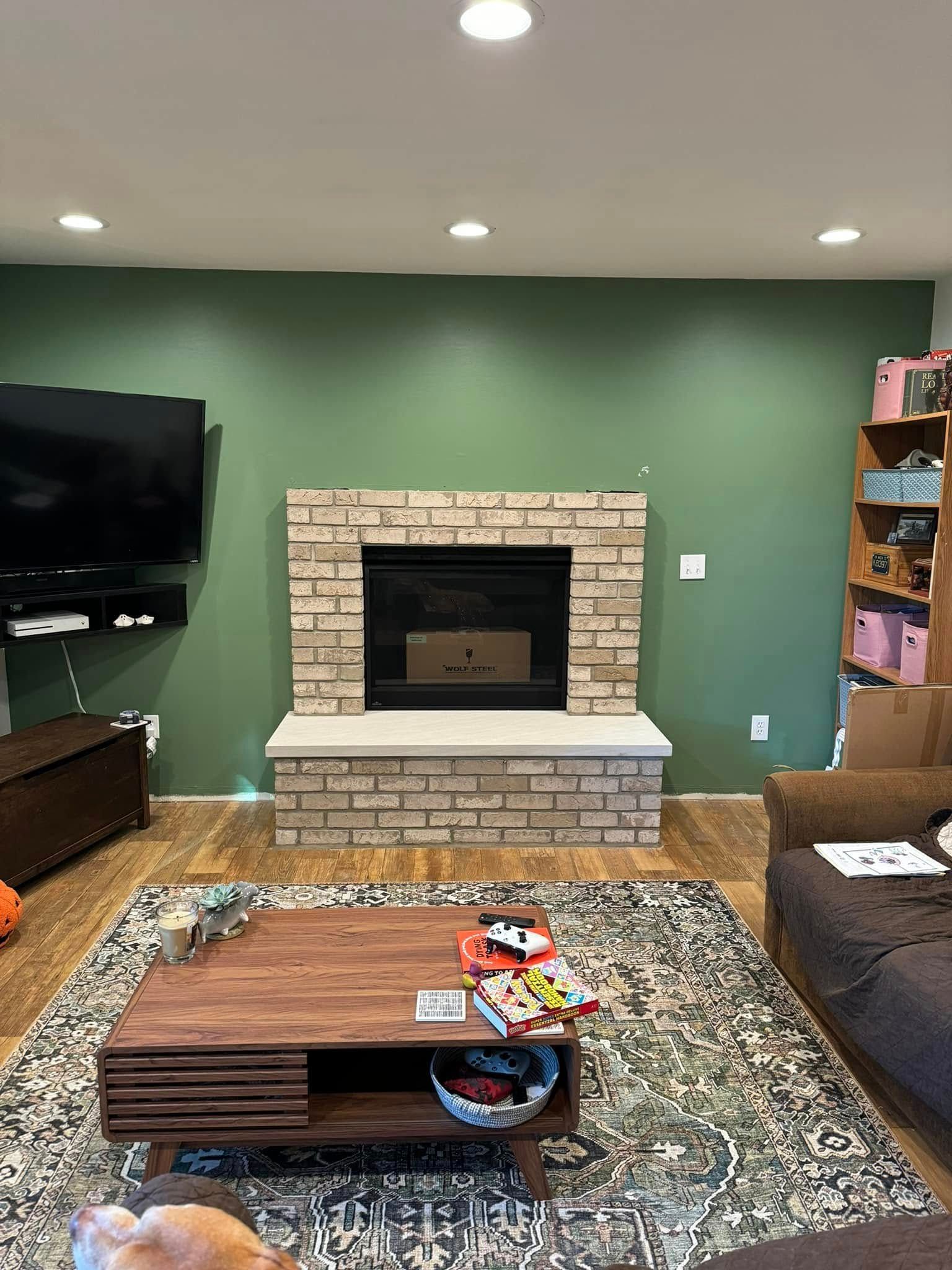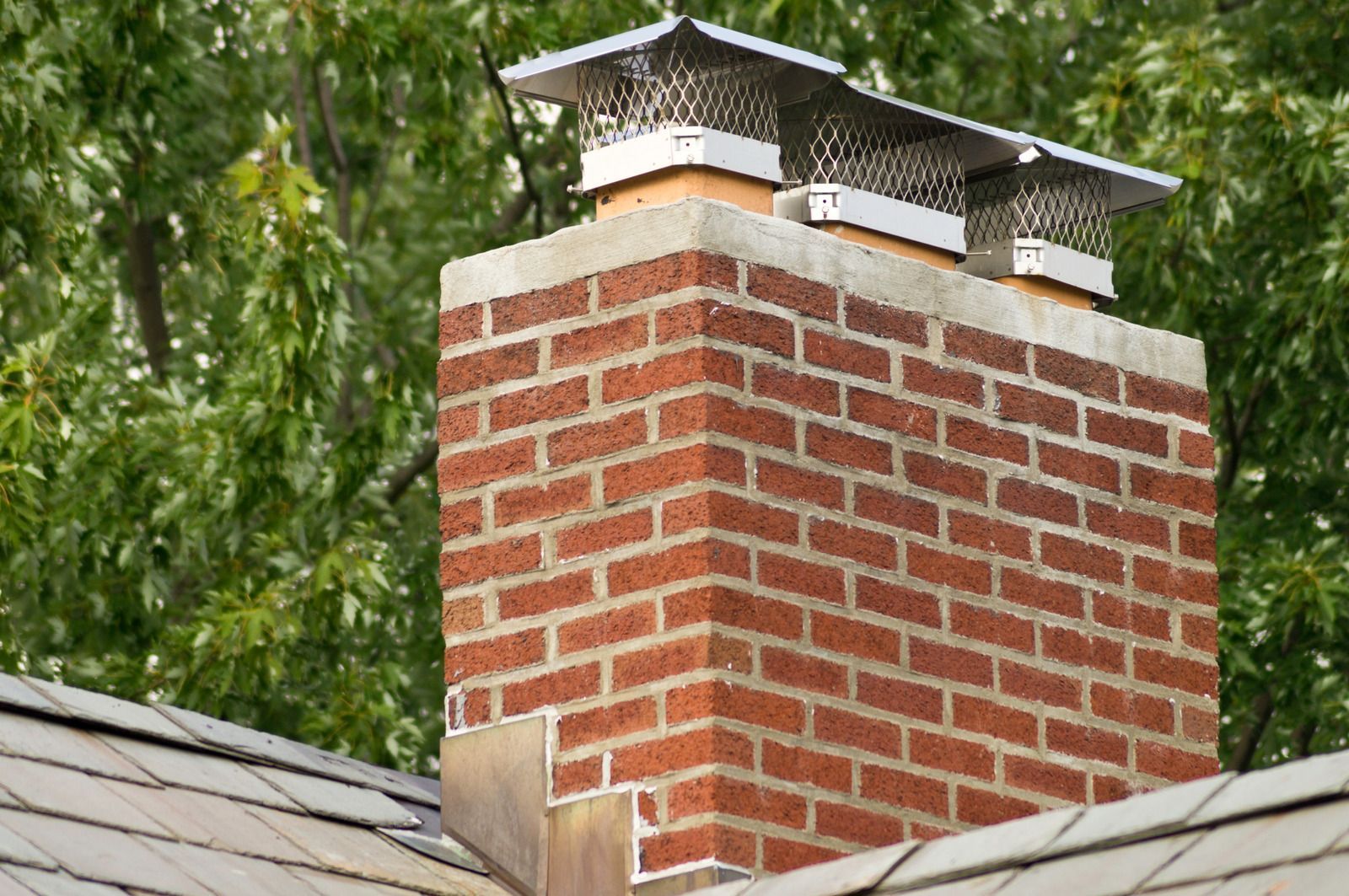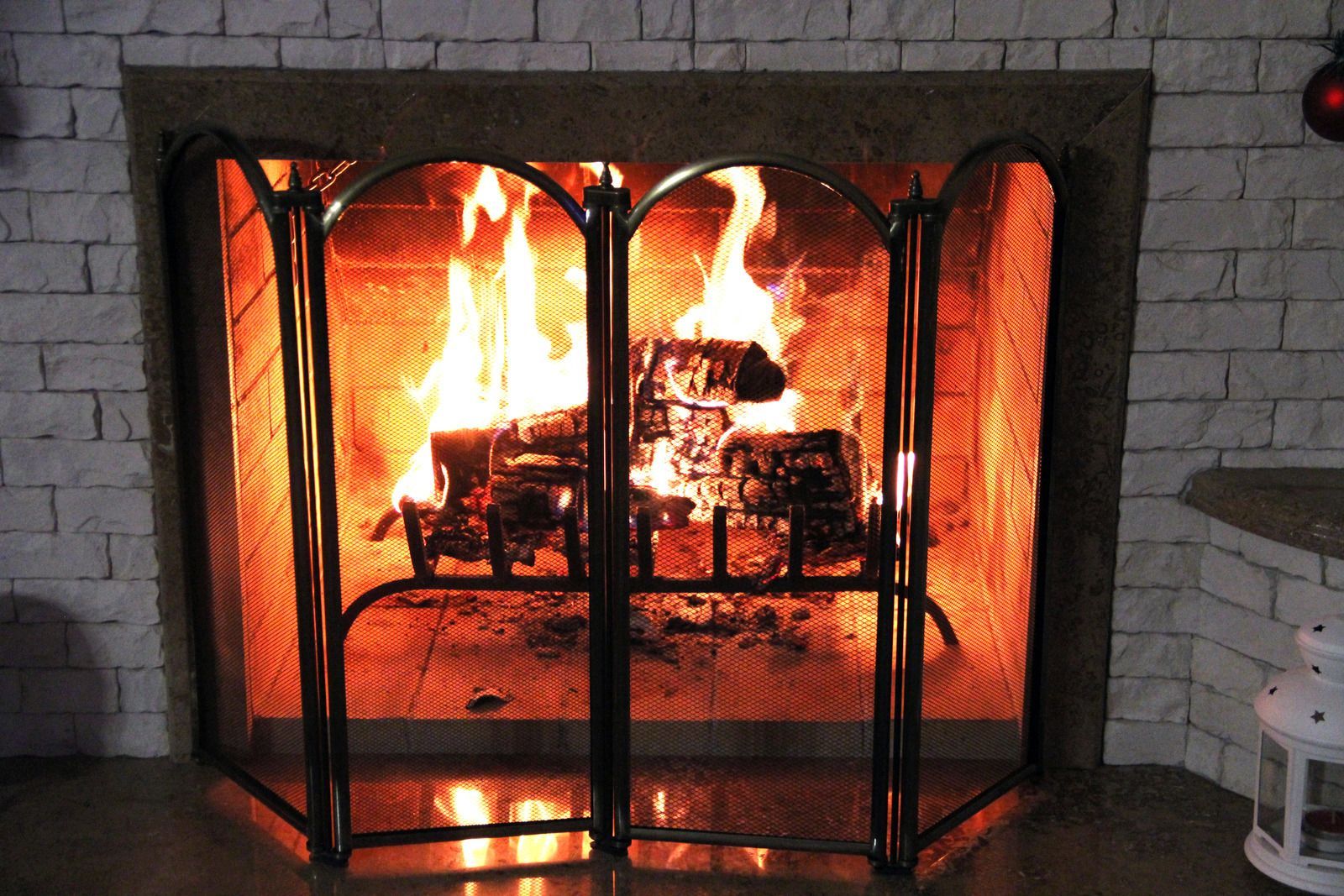CALL US ; 231-244-6639
How Do You Know Your Chimney Needs Tuckpointing?
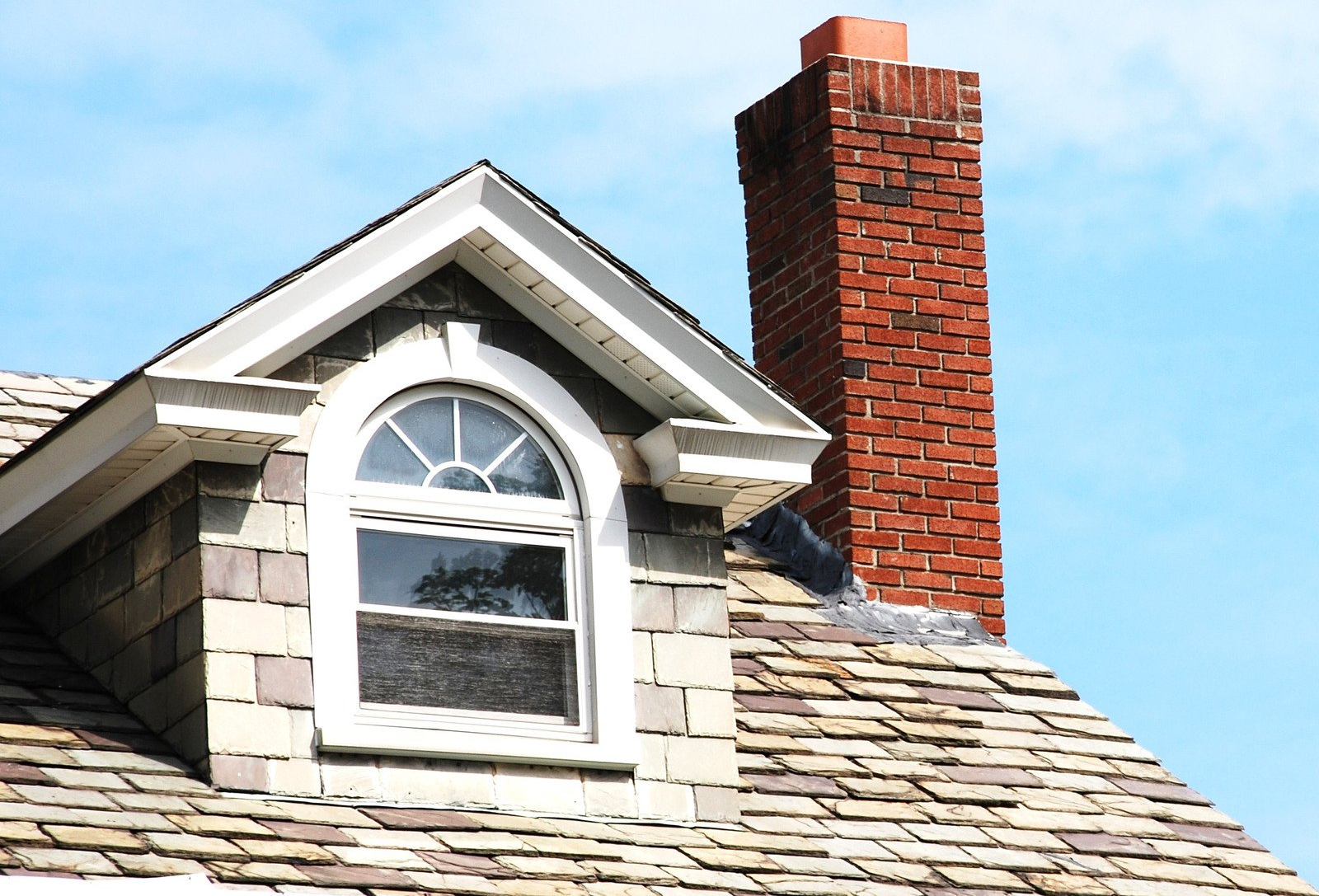
If you have a brick chimney, it's important to know about tuckpointing—a process of repairing and sealing the joints between bricks. Over time, these joints can become loose and allow water to seep in, damaging the chimney. While it may seem daunting, tuckpointing is a relatively simple process that anyone can do. This blog post will explore how to know if your chimney needs tuckpointing and how to go about doing it.
Damaged Drywall
If you have damaged drywall around your fireplace, you likely need tuckpointing. It is the process of repairing mortar joints in brick or stone walls. Damaged drywall is often caused by water damage, which can weaken the mortar and cause it to crumble.
Flaking and Discolored Mortar
The bricks on the exterior of your chimney are held together with mortar, which over time, can become damaged and deteriorate. Flaking and discolored mortar is among the first signs that your chimney may need tuckpointing.
A masonry contractor will remove the damaged mortar and replace it with new mortar, matching the color and texture of the original mortar as closely as possible.
Suppose you notice any flaking or discoloration of the mortar on your chimney. In that case, it's essential to have it evaluated by a masonry contractor as soon as possible to determine if tuckpointing is necessary. Ignoring the problem can lead to further damage to bricks and mortar and ultimately may require more extensive and expensive repairs.
Rusted Damper
If you have a rusted damper, getting it repaired or replaced as soon as possible is essential. A rusted damper can cause your chimney to leak, and the rust can eventually weaken the metal and cause the damper to fail. Make sure that your damper is made from stainless steel or another rust-resistant material, and if you see any rust on it, have it repaired or replaced as soon as possible.
Crumbling Brick Structure
If your home has a brick built, you may need tuckpointing at some point. Tuckpointing is the process of repairing and restoring mortar joints in a brick structure. Over time, weather and other elements can cause the mortar between bricks to deteriorate and crumble. It can weaken the overall structure and lead to costly repairs.
Several signs indicate your chimney may need tuckpointing. First, take a tour of the outside of your home. Are there any cracks or gaps in the mortar between the bricks? If so, this is a sure sign that tuckpointing is needed.
Another sign to look for is loose or missing bricks. If you see any bricks that are not snug against the others, this is another indicator that tuckpointing is necessary. Finally, if you notice any water damage on your chimney, this is also a sign that tuckpointing is required in order to repair any damage and prevent further deterioration.
If you witness some of these signs, it's important to contact a professional as soon as possible to assess the damage and determine if tuckpointing is needed. Tuckpointing is a complex process and should only be done by experienced professionals. Attempting to do it yourself could result in further damage to your home's exterior.
The Bottom Line
The bottom line is that if your chimney is showing any signs of deterioration, it's important to have it inspected by a professional. They will be able to assess the damage and recommend the best course of action. Neglecting the problem will only make it worse and could eventually lead to structural damage or even collapse.
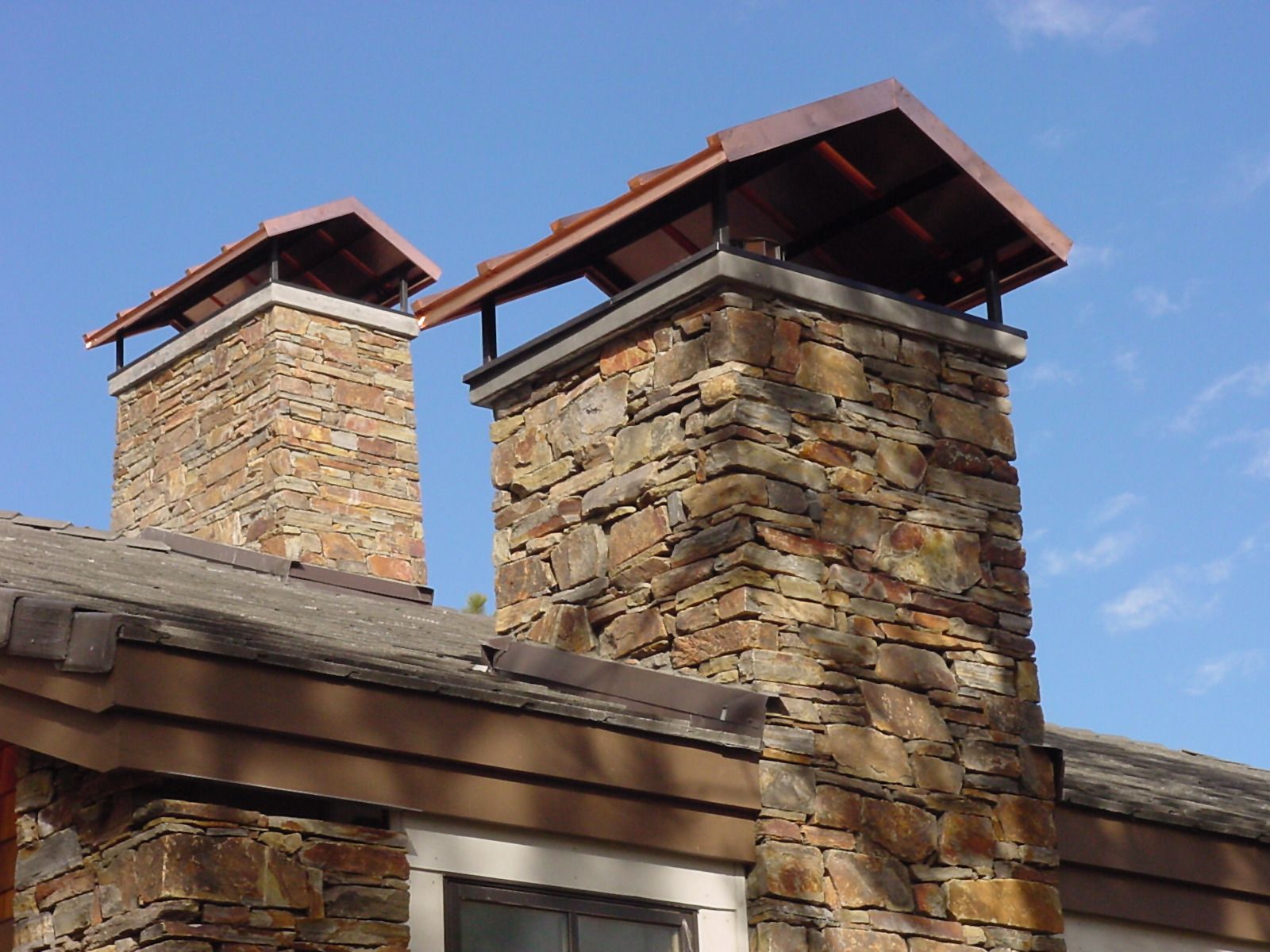
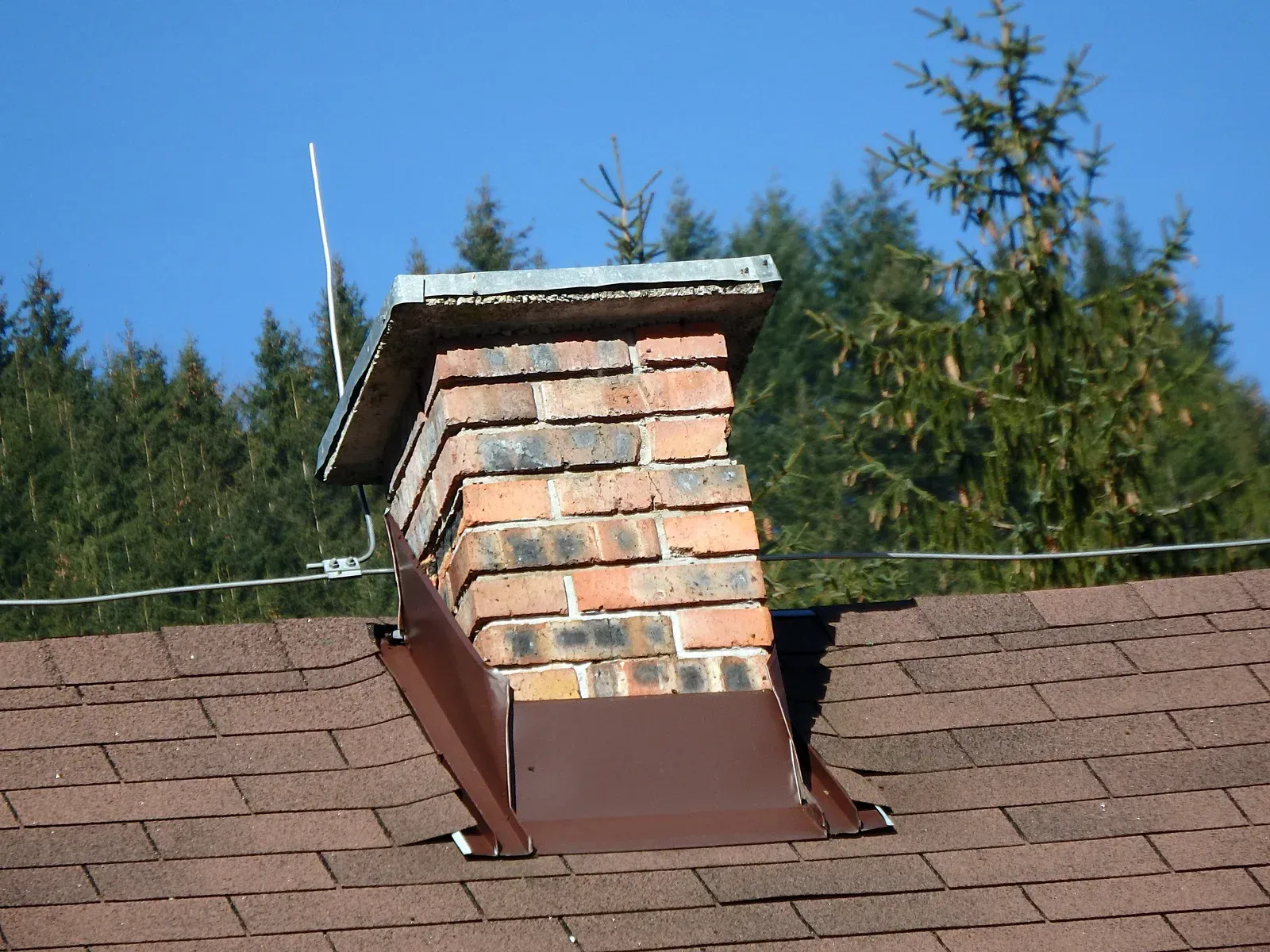
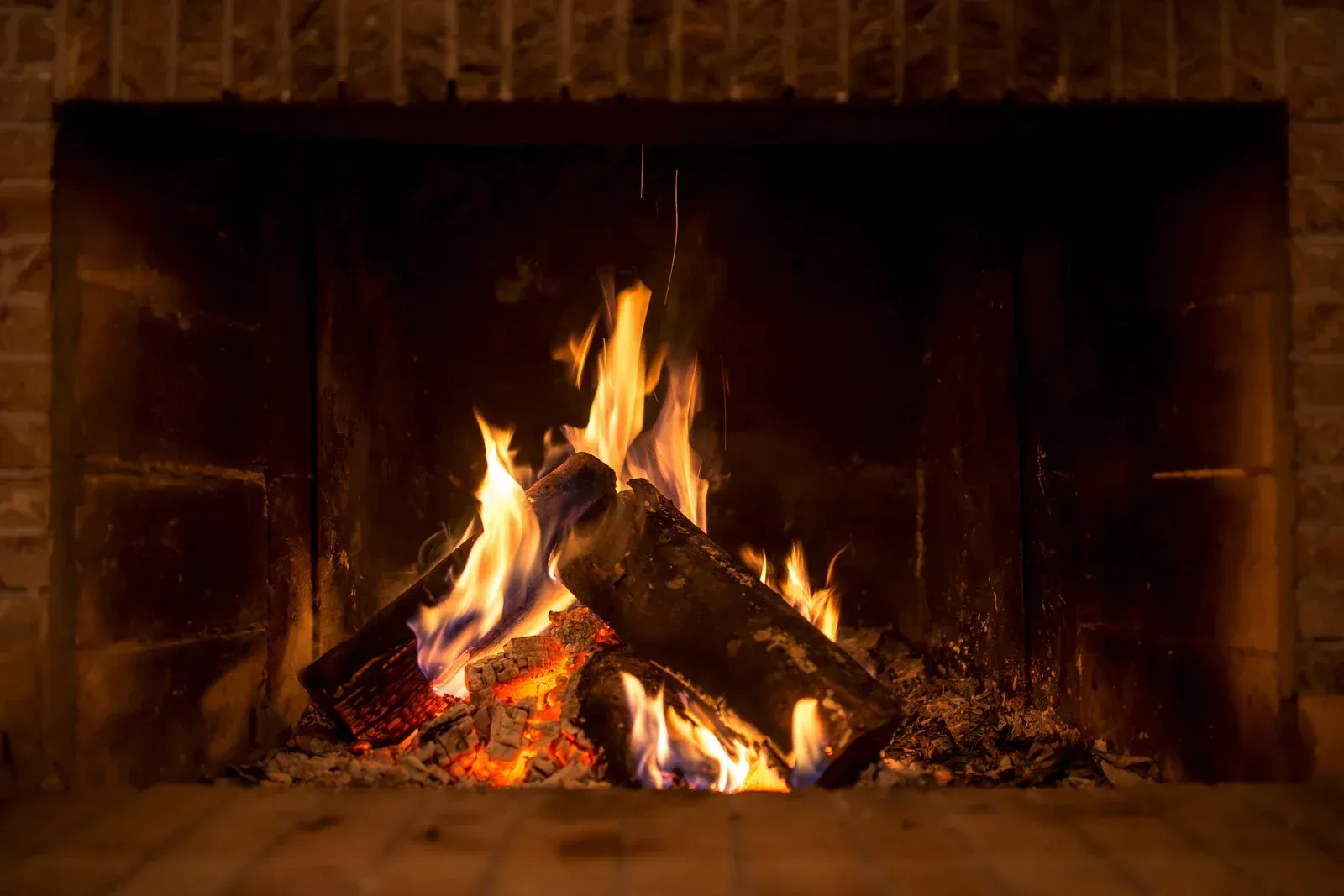
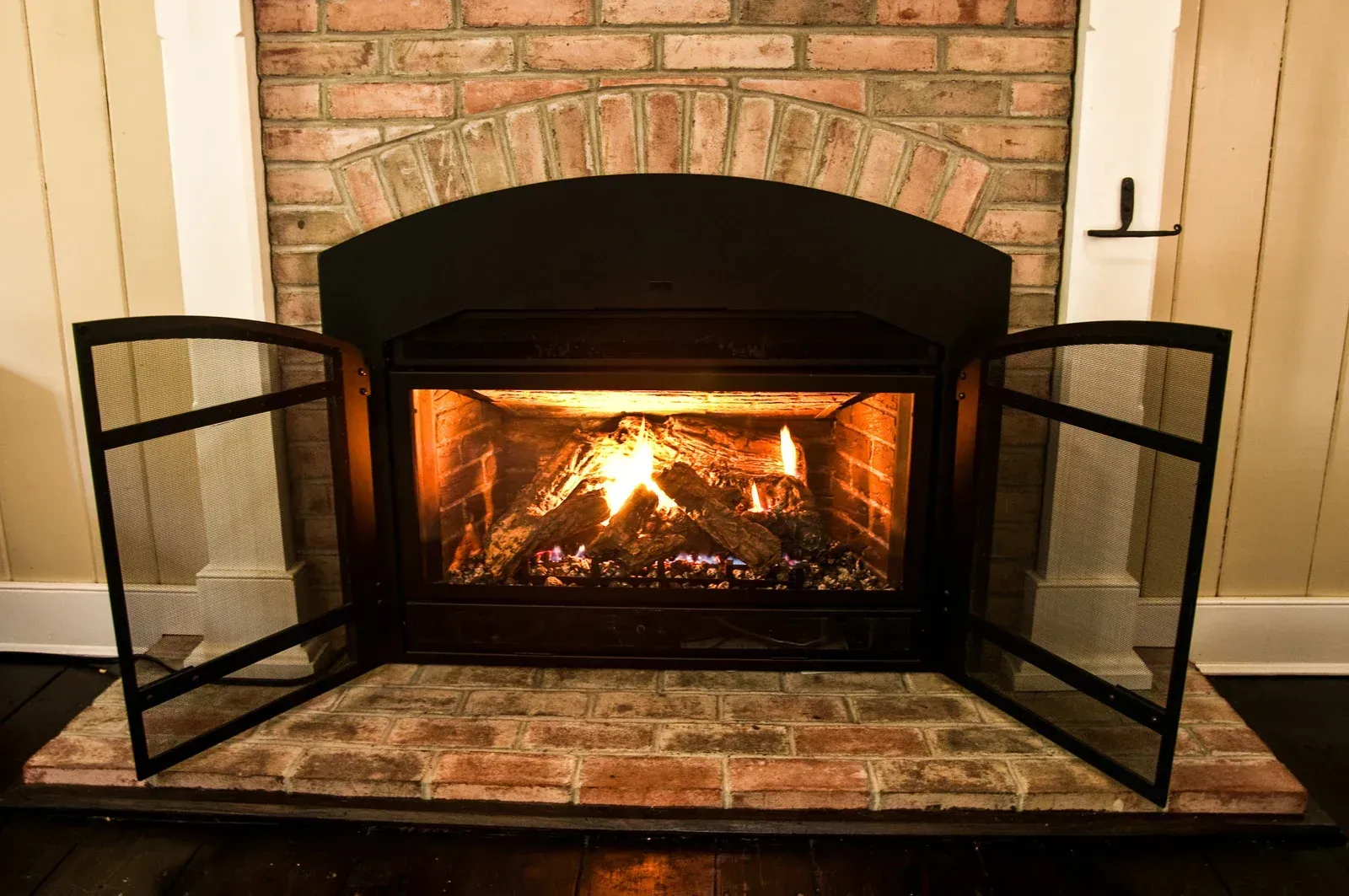
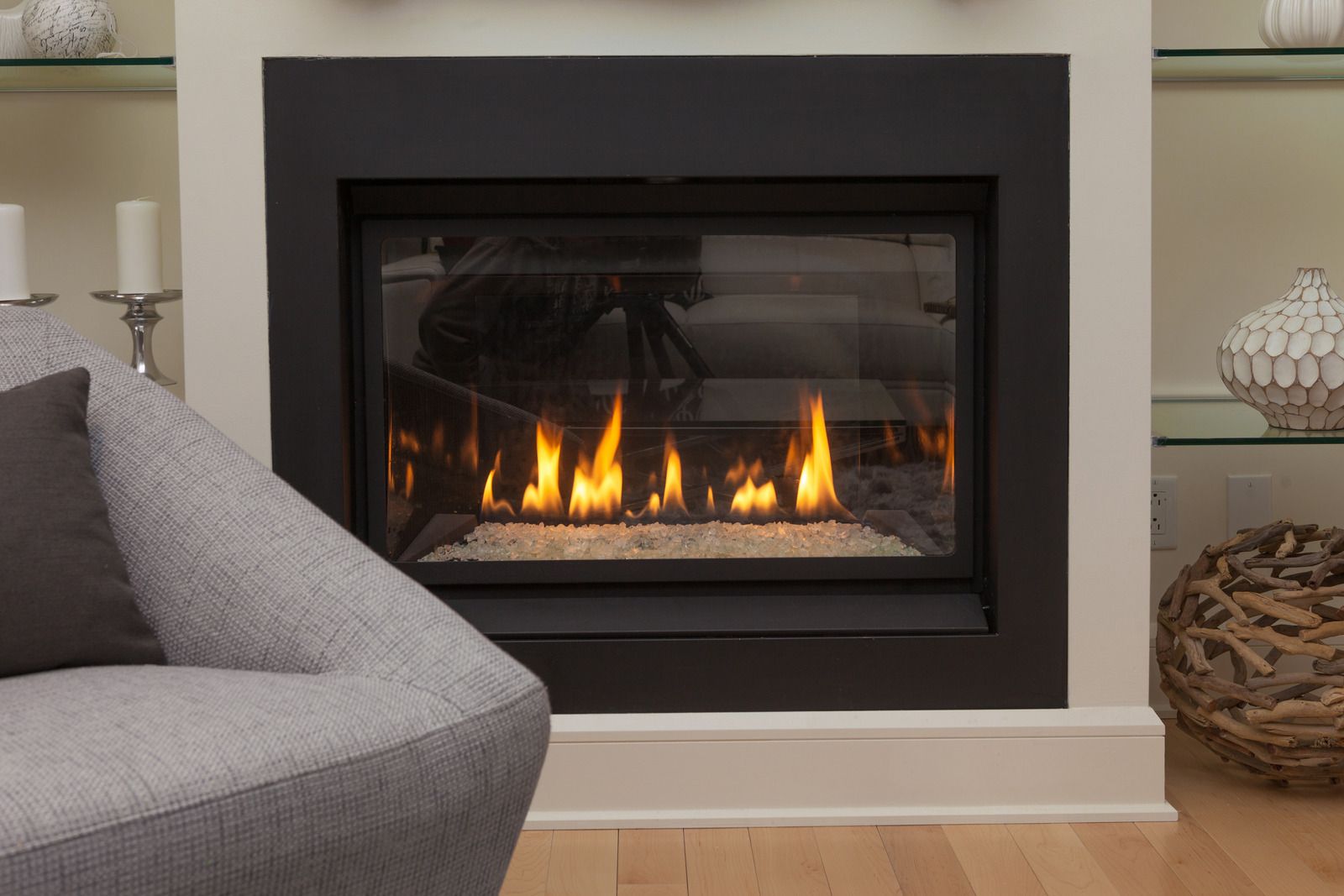
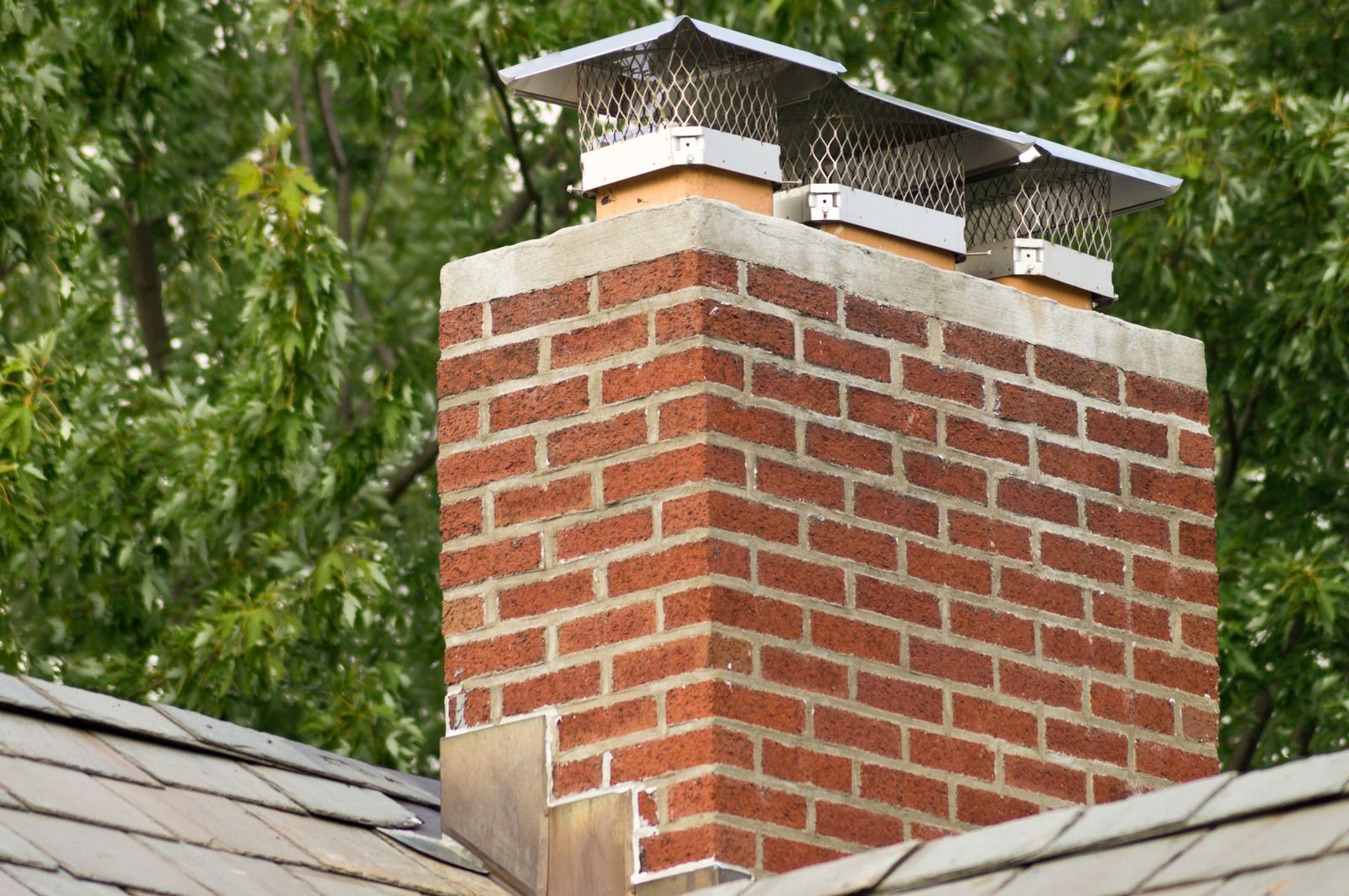
Service Areas
Ottawa County, MI | Norton Shores, MI | Fruitport, MI | Ferrysburg, MI | Spring Lake, MI | Grand Haven, MI | West Olive, MI | Holland, MI | North Muskegon, MI | Twin Lake, MI | Holton, MI | Whitehall, MI | Montague, MI | Ravenna, MI | Pentwater, MI | Ludington, MI | Silver Lake, MI | New Era, MI | Rothbury, MI | Fremont, MI | Nunica, MI | Coopersville, MI | Grandville, MI


